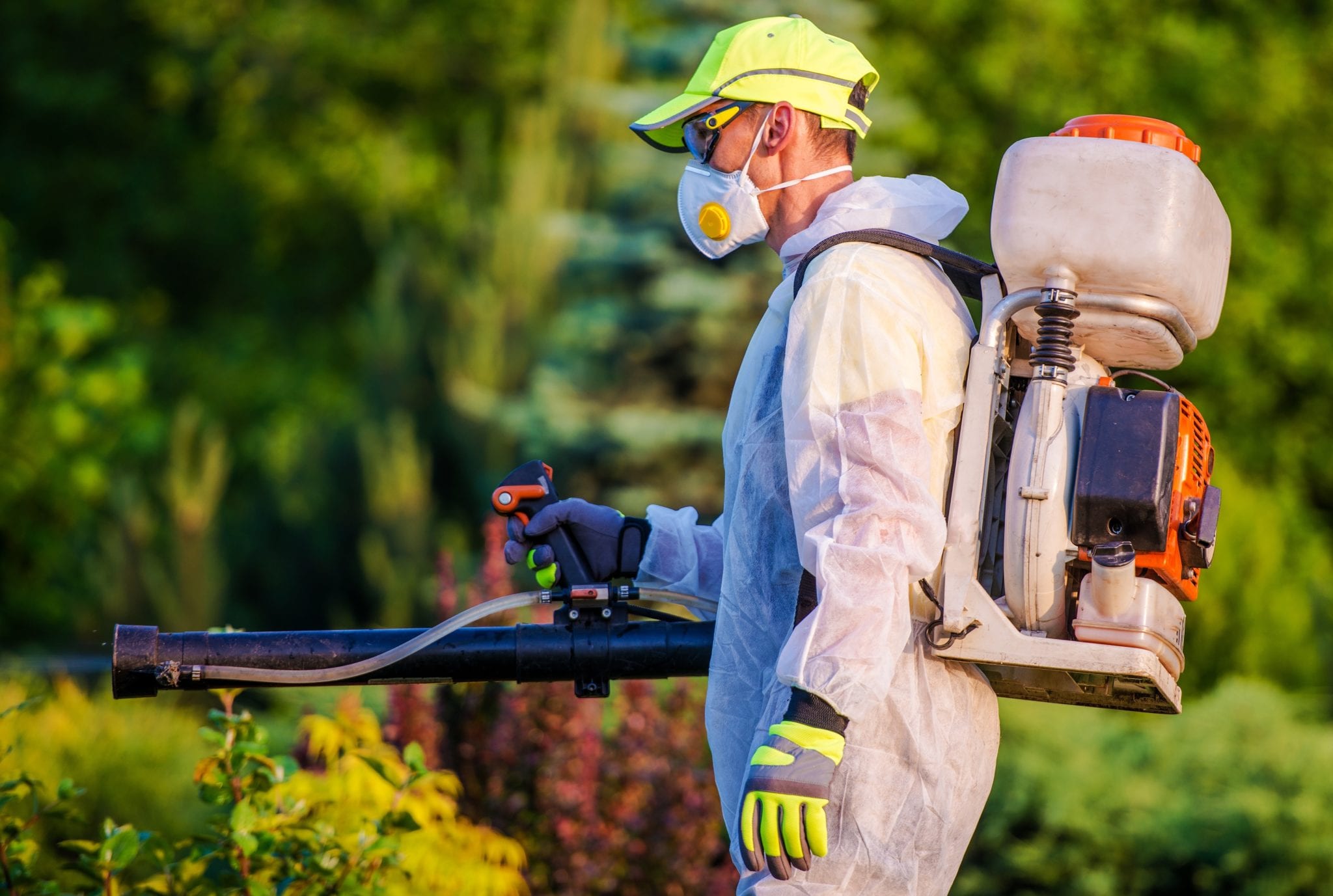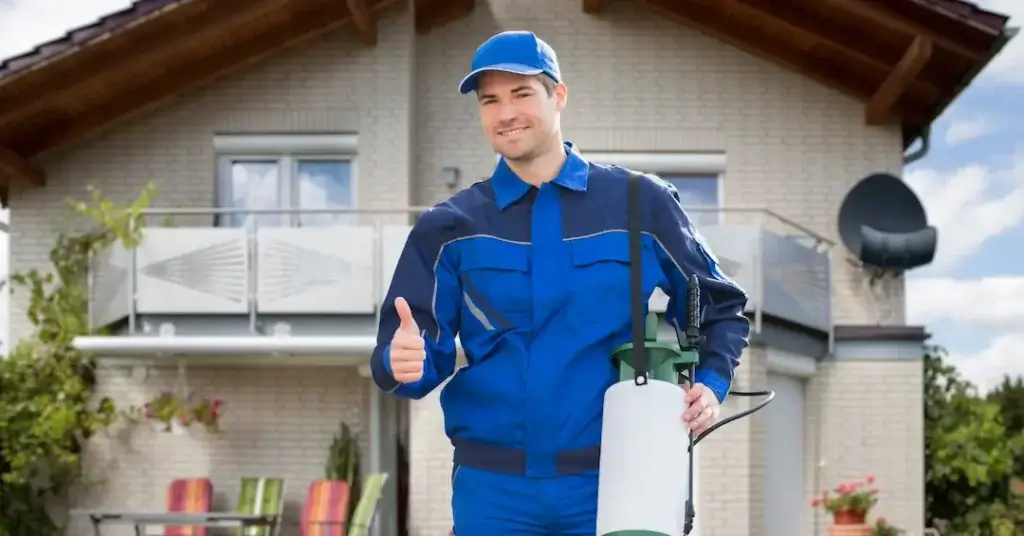Customized Pest Control Solutions Chicago: Tailored Program for Your Needs
Customized Pest Control Solutions Chicago: Tailored Program for Your Needs
Blog Article
A Comprehensive Guide to the Various Sorts Of Pest Control Methods
With the myriad of insect control methods readily available, it can be overwhelming to find the most efficient service for a specific bug problem. In this comprehensive overview, we will certainly check out these different kinds of pest control techniques, supplying understandings into their applications and advantages. By the end, you will certainly have a clearer understanding of which approach may be the ideal fit for your insect control demands.
Chemical Insect Control Approaches

One common type of chemical pest control is insecticides. Pesticides are chemical substances that are especially created to eliminate or drive away pests. They can be used in different types, such as sprays, baits, or dusts. Insecticides target specific parasites, such as insects, termites, or ants, and can be made use of both inside and outdoors.
An additional type of chemical pest control is rodenticides. These are chemical materials developed to control populaces of rodents, such as rats and computer mice.
Weed killers, also called herbicides, are an additional kind of chemical parasite control approach. Herbicides are developed to uniquely eliminate unwanted plants, referred to as weeds, without triggering harm to preferable plants. They are commonly made use of in farming, landscaping, and gardening to manage the growth of unwanted greenery.
While chemical parasite control approaches can be very reliable in removing insects, it is necessary to utilize them judiciously and comply with safety standards. Overuse or misuse of chemical pesticides can have unfavorable effect on human health and wellness and the setting. It is important to use these methods responsibly and think about different pest control methods whenever feasible.
Organic Pest Control Methods
Biological bug control approaches involve the use of living organisms or all-natural materials to take care of and control pest populations. Unlike chemical methods, which typically depend on artificial chemicals, biological control methods use the natural opponents of parasites to manage their populaces. This approach is thought about more ecologically pleasant and lasting, as it minimizes making use of unsafe chemicals and reduces the risk of chemical resistance.
One commonly utilized organic bug control technique is the intro of all-natural killers or bloodsuckers. For instance, ladybugs are presented to regulate aphids, while specific wasp types are released to target caterpillars. These predators and parasites feed on pests, lowering their numbers and avoiding invasions.
One more biological control technique is using microorganisms. Particular germs, viruses, and fungi can be employed to contaminate and eliminate particular pests. The bacterium Bacillus thuringiensis is commonly made use of to manage caterpillars, as it produces contaminants that are deadly to these pests.
Organic control methods can additionally include the use of scents or natural materials that interrupt the mating patterns of parasites. By hindering their recreation, these methods aid to reduce pest populaces gradually.
While biological parasite control methods are dig this usually efficient, they might need longer durations to accomplish wanted results contrasted to chemical methods. In addition, careful factor to consider must be offered to the selection and launch of all-natural enemies to stop unexpected injury to helpful organisms or ecological communities.
Physical Insect Control Techniques
To successfully handle and control pest populaces, different bug control techniques known as physical parasite control techniques are employed. An additional physical bug control technique is the installation of fencings or wall surfaces to keep bigger bugs, such as deer or rabbits, out of yards or agricultural fields. Physical pest control methods are an ecologically pleasant choice to chemical pesticides, as they do not depend on the usage of dangerous chemicals.
Natural Parasite Control Methods
Natural parasite control methods offer a sustainable and eco-friendly strategy to managing and removing insects. These techniques prioritize making use of natural materials and biological representatives, lessening the need for chemical pesticides that can damage the environment and human health. Among one of the most typical all-natural parasite control methods is biological control. This involves introducing natural killers or bloodsuckers to victimize or parasitize the insects. For instance, ladybugs are commonly introduced to gardens to manage aphid populaces. An additional natural approach is making use of repellents originated from plants. Particular plants, such as marigolds, lavender, and peppermint, give off scents that ward off bugs like insects, flies, and ants. Furthermore, cultural control practices can be used to stop and manage pest problems. This includes appropriate cleanliness, routine upkeep, and promoting biodiversity in the yard. As an example, turning crops, getting rid of garden debris, and motivating natural killers can assist protect against the accumulation of bugs. By taking on these all-natural insect control methods, individuals and areas can properly take care of parasites while lessening the adverse effects on the environment and human wellness.
Integrated Insect Monitoring (IPM)
Integrated Pest Administration (IPM) is a detailed and methodical strategy to pest control that combines numerous strategies and strategies to effectively manage insects while reducing making use of chemical pesticides. IPM intends to preserve insect populaces below the economic injury level by using a combination of cultural, organic, and chemical control methods.
Social control techniques involve changing the environment to make it much less favorable for insects. This can include methods such as plant turning, appropriate hygiene, and using resistant plant varieties. By creating negative conditions for parasites, social control approaches can substantially reduce insect populations.

Chemical control methods are used as a last hope in IPM. They involve the targeted and wise use pesticides to handle pest populations. Unlike standard bug control techniques, continue reading this IPM aims to decrease the use of chemical pesticides by using alternate approaches.
Integrated Parasite Management (IPM) is an aggressive approach that concentrates on long-lasting pest management rather than depending solely on responsive steps. By incorporating numerous control methods, IPM offers an extra lasting and environmentally pleasant technique to pest control.
Final Thought
In conclusion, this article has actually provided an extensive summary of the various kinds of pest control approaches. It talked about chemical, biological, physical, and all-natural insect control approaches, as well as the integrated insect management technique. By understanding these various methods, individuals can make enlightened decisions on which parasite control method is most suitable for their specific requirements and choices. Efficient pest control is essential in keeping a healthy and pest-free atmosphere.
Report this page